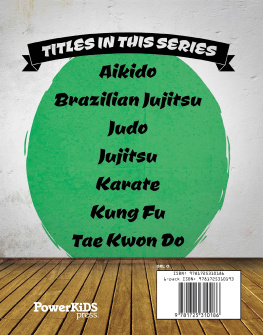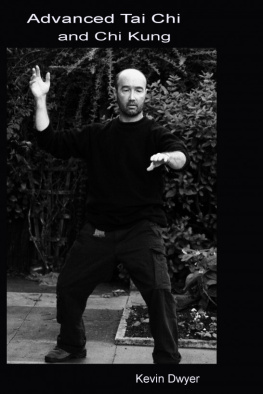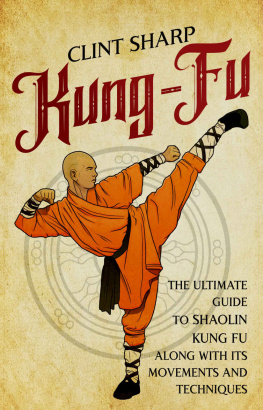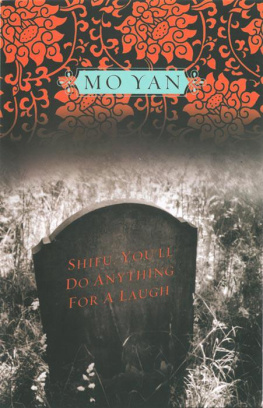Overcoming Sickness with Nei Kung:
Why do so many Mo Pai practitioners get seriously ill?
What you can do to prevent, or correct this
Presented by Lung Hu Shan Publications
Author: Shifu Lin
Editors: Arman Alfares, Shifu Hern Heng
1996-2012. All Rights Reserved.
Part 1
The Methodology of Nei Kung and Problems That Can Arise
I f there is a big name in Mo Pai that you have heard of, they have probably had a serious health problem from training in Nei Kung. Kostas Dervenis, the author of Magus of Java and Nei Kung (writing under the pen-name Kostas Danaos), recently explained that I know of no one who has not suffered some kind of complication. This does not need to be the case, if one takes the proper approach to Nei Kung...
This text is about common Nei Kung health problems that so many Mo Pai practitioners have had. It will help explain why this occurs in some cases, in terms of qi, and in terms of spiritual effects of practicing Nei Kung without a guarding against spiritual threats. It will explain what Nei Kung is doing energetically and how it can tax the body, as well as giving recommendations for supplemental exercises that can help counter-act potential detriments of practice when ones energy is not in an optimal state. Finally, it will give some advice on how to correct problems that you may already have experienced, or to prevent problems from ever arising.
It is well known to all who have read Kostas Dervenis s books, that two alleged masters who attained to the unimaginable level of the 72nd level of Mo Pai Nei Kung were the legendary Taoist Zhang, San-Feng and Bodhidharma, or Da Mo , which is short for Pu Ti Da Mo . Da Mo seems to have emerged in the early 5th century C.E. While he was neither a Mo-ist or a Taoist, per se , he was the 28 th patriarch of Buddhism and the first patriarch of Zen Buddhism. Let us examine, for a moment, what Kostas recorded from the man Western readers know by the pseudonym John Chang, about these masters of Nei Kung, and their longevity.
You know, in the entire history of China, there have only been two people who have made it all the way up to Level Seventy-Two. One was Tamo, or Bodhidharma, who taught the monks at Shaolin. The other was Chang San Feng of the Wutang-Pai, who was also one of the Headmasters in our schools lineage.
Wait a minute, Sifu, Andreas said. Is this the same Chang San Feng they say founded Tai Chi Chuan?
I cant tell you whether or not he founded Tai Chi, John replied. I do know that he studied for a while at the Shaolin monastery, and that after a time in isolation, he made it up to Level Seventy-Two by studying Taoism. He did found the internal school of Kung Fu, of which we are a part. We trace our lineage back to Chang San Ferg, you know.
Sifu, I asked slowly, when do you think Chang San Feng lived?
Almost a thousand years ago, he replied. Why?
Because different records place him at different times in Chinese history, I said. Some say that he lived to be five hundred years old. Others say that he is still alive today, that he never died.
John was silent. He was Level Seventy-Two, he said simply.
Could he still be alive?
No. He lived to be two hundred and died like any man. So did Bodhidharma.
What does this tell us about health and longevity, related to the practice of Dan Tien Nei Kung? We know that both Zhang, San-Feng and Da Mo are said to have been Mo Pai masters of the highest rank. But Mo Pai Nei Kung, while ethically rooting itself in the teachings of Mozi, and tracing descent from him, most recently comes from Lung Hu Shan Taoism. Mo Pai Nei Kung is absolutely Taoist in practice, and there are other Taoist lineages which follow similar methodologies, though Mo Pai is an extremely efficient path for Dan Tien alchemy.
We know, from the above quote, that Mo Pai Nei Kung comes from Taoist practice, but also that those who were the most successful with Mo Pai Nei Kung were themselves well-known for their Taoist longevity practices. What does this mean? This means that if we want to succeed at Nei Kung, perhaps it would behoove us to live like these masters lived, and practice longevity techniques like the practiced, apart from Nei Dan, Dan Tien Nei Kung alchemy practice. Doesnt this seem a logical premise?
What do we know about these legendary masters? We know that they trained in Kung Fu. We know that they ate very healthy diets. We know that Zhang, San-Feng is associated with having studied at Shaolin, just as Da Mo is credited as having brought his practices there. Yet, Zhang, San-Feng is associated with the origination of the Nei Jia martial arts, particularly Taijiquan. The health benefits of the Nei Jia are well-known. Does it behoove the Nei Kung practitioner then to only engage in Dan Tien alchemy of Nei Kung? Jim McMillan tells us of his own Mo Pai Nei Kung practice:
At forty three years of age, I realized I was becoming physically limited and dreaded it men just dont like to age. Plus, various injuries that had incurred during teaching would take many months, and even up to a year or longer to finally heal. It seemed as though just as one problem healed, then I would have another one to attend to. And I had difficulty keeping up with some of my young, black belt students who were physically primed and wanted to finally get-back at their teacher for the many years of hard training I imposed upon them. Now, here was a way to continue my growth with a new start and a new out-look. This was the next logical step for me, training mentally which would excel me beyond my physical limitations.
Jims point of view is very understandable. This, however, is like having an injury when exercising, and deciding that instead you will do a different exercise. It is like getting older, having bad knees and taking a wheelchair to get around. This is not the way. When such limitations arise, that is precisely when corrective therapy, nutritional, medicinal and Taoist hygiene exercises must be employed to perpetually rejuvenate the bodys deficiency. If you have trained and developed yourself with that exercise or exercises, then stopping this may lead to serious problems. Unfortunately, this is very common as people advance in Nei Kung. The more qi they collect in the Dan Tien, the more hungry for it they are. They might feel that they are wasting qi to do something like go for a jog every day, or to train in Kung Fu, do Taijiquan; as these things will circulate their qi.
There is a way to train and to return qi to the Dan Tien, and a good Nei Jia teacher should be able to tell you this. Unfortunately especially for Westerners it is very rare to find a legitimate Nei Jia teacher in the West, or even in general, and in many cases a legitimate Kung Fu teacher. Most who have schools are really only intermediate level students who have trained under mediocre teachers who immigrated to their countries. Most of them could not stand traditional training or Kung Fu.
The point in saying this to this is that one should not leave off, lessen, or worse avoid physical activity so as to increase the amount of qi gathered to the Dan Tien. There is a saying attributed to Jesus that is to the effect of whoever seeks to save their life will lose it. In Nei Kung this is the same way. If you seek to bring all your qi to the Dan Tien, and thus avoid anything that would circulate it, then you will bring great harm upon yourself. In such circumstances, one must return to health and walk a balanced path that will allow you to practice Nei Kung and yet still have a healthy body. We know that this worked for Da Mo and for Zhang, San-Feng if this Mo Pai legend is true so then why should we imagine that Zhang, San-Feng could perform some type of qi-circulating Nei Jia, or that Da Mo could perform the qi kung of the Yi Jin Jing and the Xi Sui Jing , and yet we should not do such things as supplemental to Dan Tien Nei Kung, lest our Nei Kung practice be harmed?
Next page





